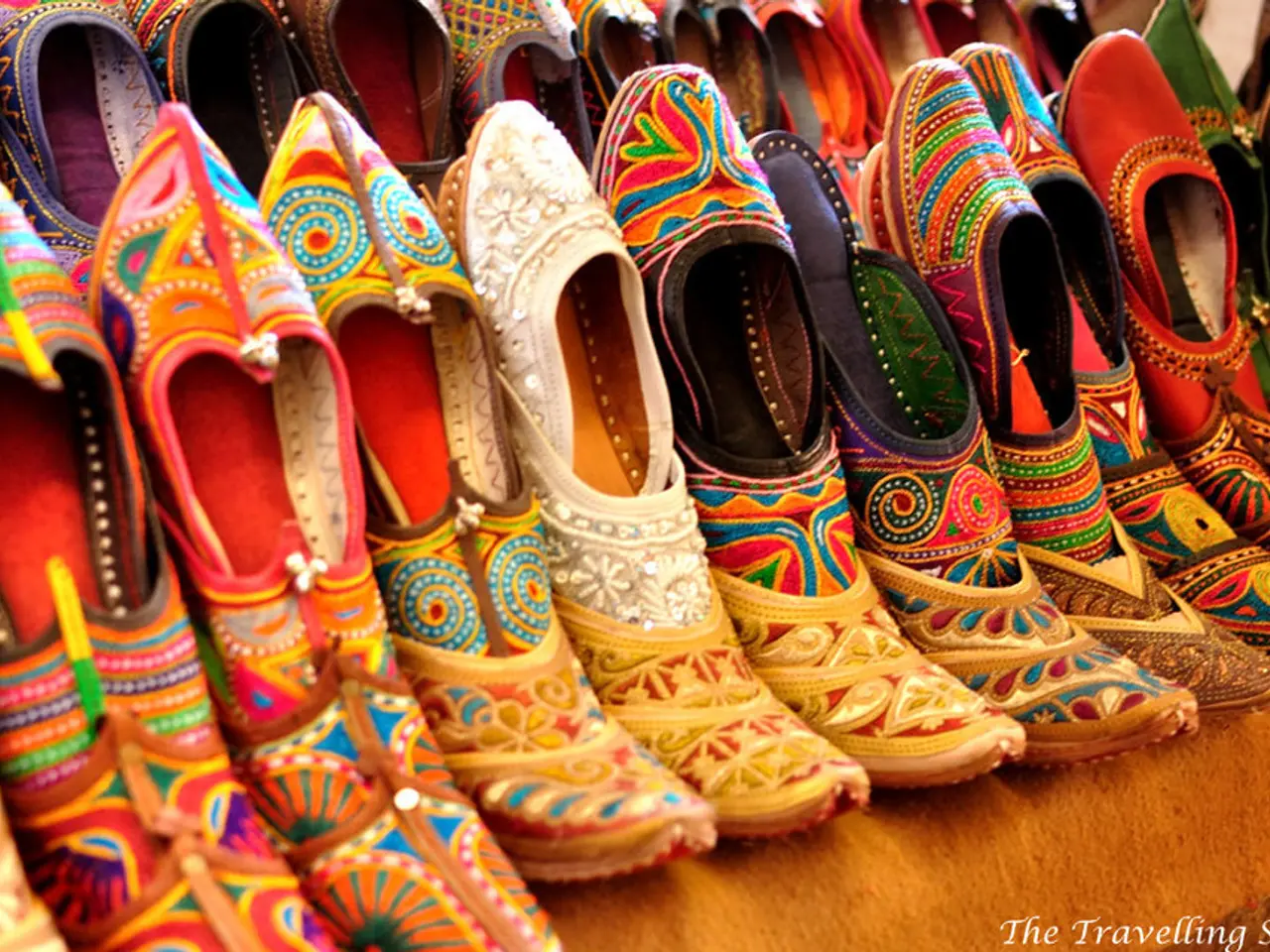Textile prices in the industrial sector experienced a marginal increase of 1.1% in July, with the adjustment limited to a mere 0.1% over the previous month.
In July, the textile industry witnessed a unique scenario as the preparation and spinning of textile fibers were the only sectors that maintained their industrial prices at a lower level compared to the same month last year, with an interannual drop of 1.7%. This contrasts with the sharp increase in prices for textile finishing and the manufacture of knitted clothing, which saw interannual increases of 4.8% and 3% respectively, according to the latest data.
The leather and footwear sector also experienced a slowdown in price increases. The annual high for this sector was recorded in June, with an increase of 1.2%, while in July, the interannual increase dropped to 1%. The Industrial Production Index (IPI) for the leather sector also showed a significant slowdown, with an interannual increase of only 0.7% in July, compared to 1.6% in June.
The manufacture of textile fabrics and other textile products also saw a decrease in price increases. Both sectors recorded a 0.7% price increase in July, a reduction of one tenth compared to the previous month. Similarly, in the clothing sector (excluding fur), the moderation was also one tenth, to 0.8% in July. In the footwear industry, prices accelerated in July, with an interannual increase of 1.2%.
The smallest increase in clothing was recorded in March, with an increase of 0.3%, while the smallest price increase in textiles was recorded in January, with an interannual increase of 0.5%.
The evolution of energy has contributed to the slowdown in industrial prices. The annual variation of energy reduced by 2.5 points to 1.5% in July. This weaker growth in the production, transport, and distribution of electricity has helped soften the pressure on the overall index.
The IPI is a coincident indicator that measures the monthly evolution of prices of industrial products manufactured and sold in the domestic market, at the first stage of their commercialization, excluding transportation and marketing costs and VAT charged. It is conducted monthly using a sample of 28,000 prices from 9,000 industrial establishments each month.
Despite the stability in industrial prices in the textile, clothing, and leather and footwear sectors, the IPI for the entire Spanish industry showed a decrease, with prices for the entire range of industrial sectors rising by only 0.3% in July compared to the same month last year, a decrease from the 1% increase in the previous month.
Interestingly, the largest manufacturer of textiles, clothing, leather, and shoes in Spain is Inditex, headquartered in Arteixo, Galicia. Operating brands like Zara, Pull & Bear, Massimo Dutti, and Bershka, Inditex employs over 161,000 people and recorded a 2023 revenue of €35.647 billion. However, specific recent price changes for Inditex's products are not detailed in the available sources. The company has seen a shift in its store numbers with a 22% reduction in store numbers since 2018, while online sales have increased.








